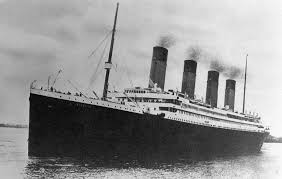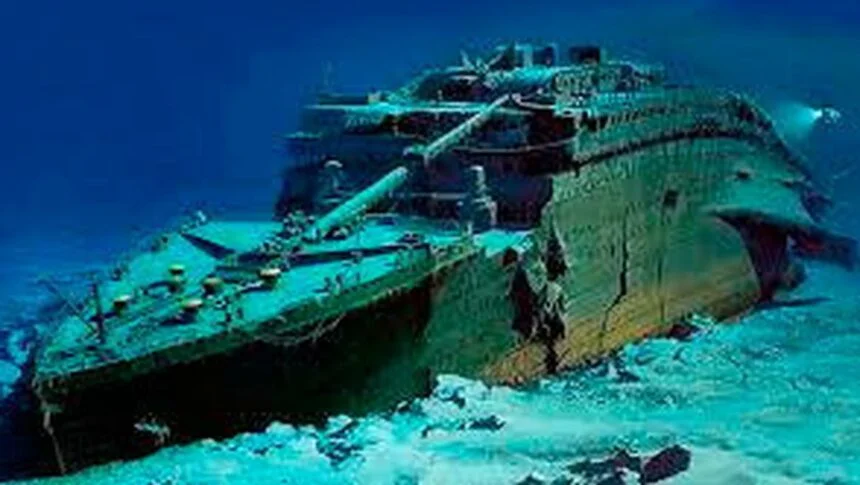A big industrial ship rocked back and forth in the turbulent waves of the North Atlantic Ocean, 400 miles off the coast of St. Johns, Newfoundland. Stockton Rush shared his outlook on the future when he joined.
Rush hopes that OceanGate will enable anyone who has enough money to go to new worlds, even if they lack the specialized training, similar to what entrepreneurs like Elon Musk, Richard Branson, and Jeff Bezos are attempting to do for space exploration.
At first appearance, Rush’s location in the North Atlantic doesn’t seem noteworthy. But it was right here that one of history’s most infamous and sad occurrences occurred: The Titanic, which perished in April 1912 after colliding with an iceberg during its maiden flight, is submerged 3,800 meters below the surface.
You’re not the only one who has never seen the Titanic up close. But soon, you’ll be able to join that exclusive group.
Next year, you can travel with a group of dive professionals, researchers, and filmmakers to the Titanic as part of an OceanGate Expeditions excursion. It costs a quarter of a million dollars, which is quite expensive.
The location of the most well-known shipwreck in the world was a “must-do dive” for Rush, who is attempting to make deep-sea exploration accessible to the general public and economically viable. He also stated, “According to a piece of writing I read, there are three English words that are universally recognized. Titanic, Coca-Cola, and God are those.”

Rush would have to develop a new sort of submersible composed of lightweight materials that could transport up to five people from the ocean vessel to Titanic’s depth to make his Titanic fantasy a reality. Many people believed it was impossible.
However, now that he had successfully reached the Titanic wreck in the submersible the previous year, Rush was on the scene with a diverse group of people, including members of the ship’s crew, employees of OceanGate, scientists, and a small but significant group of paid adventurers known as “mission specialists” who each paid up to $250,000 (roughly £225,000) for the opportunity to see Titanic real close.
Rojas clarified, “I’m not a multi-millionaire. I’ve had money in savings for a very, very long time. I gave up a lot of things in my life so that I could board the Titanic. I don’t drive, I haven’t been married, and I don’t have kids. And I made all of those choices because I wanted to board the Titanic.”
By collecting water samples from the area around the wreck site and documenting the variety with his lens, Ross has a unique opportunity to investigate the deep ocean ecosystem on these dives. He stated: “The deep sea, the largest and least studied habitat in the oceans, is the subject of a type of race to be understood. Ocean changes have a significant impact on the entire world.”
The trip was immediately rewarding, even if it will take several months to analyze the data they collected. Rojas brushed away a tear and said as soon as he was back on the boat in the water from the submersible: “To feel whole, I had to finish everything. I feel finished now.”












